Home > Climate News >
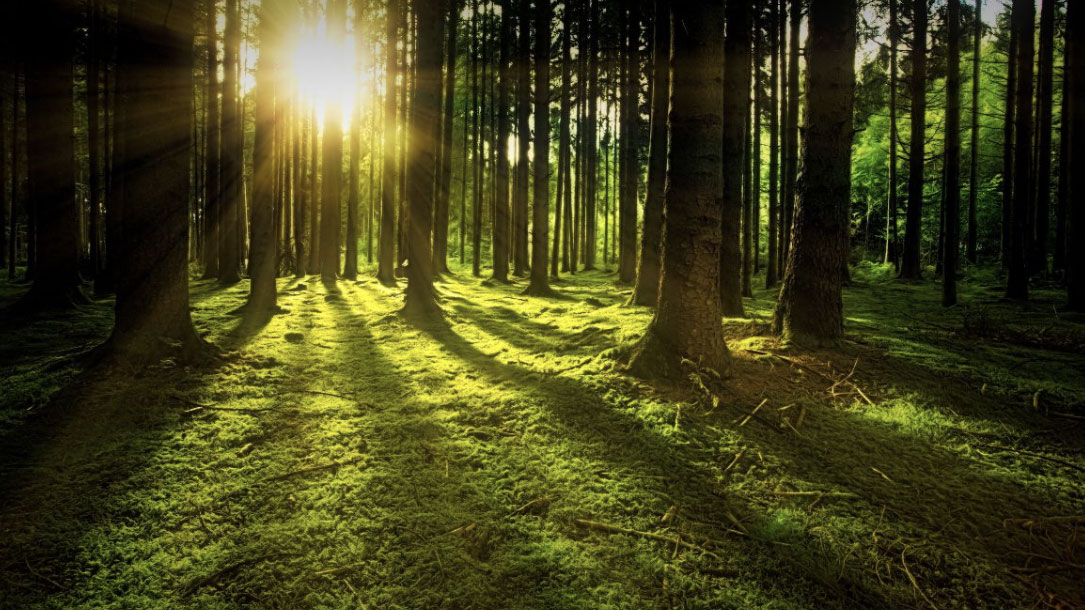
The biggest trees capture the most carbon — large trees dominate carbon storage in forests
Older, large-diameter trees have been shown to store disproportionally massive amounts of carbon compared to smaller trees, highlighting their importance in mitigating climate change, according to a new study in Frontiers in Forests and Global Change.
Researchers examined the aboveground carbon storage of large-diameter trees (≥ 21 inches or ≥ 53.3 cm) on National Forest lands within Oregon and Washington. They found that despite only accounting for 3% of the total number of trees on the studied plots, large trees stored 42% of the total aboveground carbon within these forest ecosystems…

Fires are keeping Arctic forest growth from offsetting CO2 release
Climate change is causing the Arctic to get greener, but those thicker forests will not help battle climate change as well as was hoped, a new study says.
Scientists believed that although the warming atmosphere is melting Arctic ice and permafrost, and therefore releasing sequestered carbon dioxide, the warmer temperatures could spur more plant growth in the same area that might be able to offset the CO2 releases…
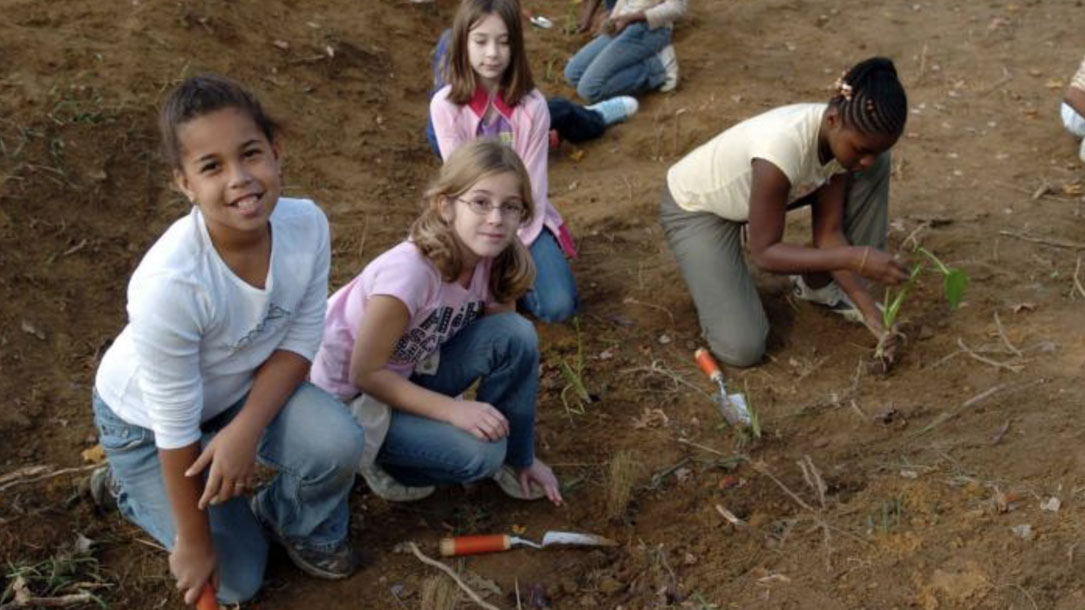
Report: Conserving and Restoring America the Beautiful
“A preliminary report to the National Climate Task Force recommending a ten-year, locally led campaign to conserve and protect the lands and waters upon which we all depend, and that bind us together as Americans.”
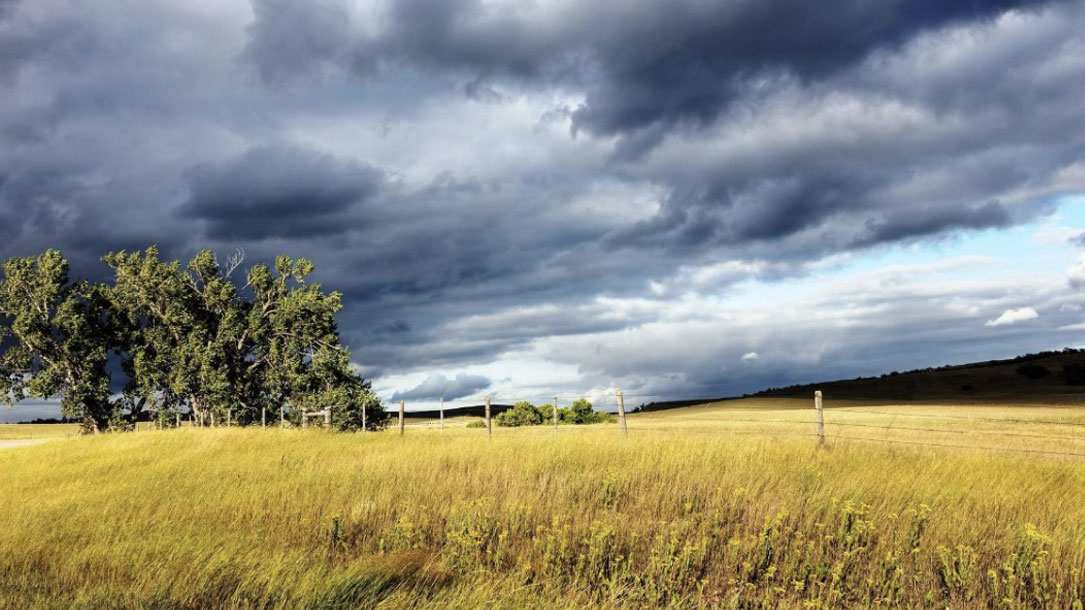
Natural climate solutions: We are at a tipping point for the planet
“We need to reach net zero greenhouse gas emissions by mid-century to keep global temperature increases under 2°C. While most efforts toward this goal have been focused on reducing fossil fuel use, new science shows that natural climate solutions—based on the conservation, restoration and management of forests, grasslands and wetlands—can deliver up to a third of the emission reductions needed by 2030…”

The right trees for the right time: Speakers to focus on forest resiliency amid climate change
New approaches to forest management — that can help maximize ecosystem resiliency in changing climate conditions — will be the focus of four talks being offered in conjunction with a recently announced project in the Hoffman Evergreen Preserve in Stonington, Connecticut.
The next two talks (out of a series of four) will be on May 12 and June 9. Registration is free.
Sponsored by the Avalonia Land Conservancy, Connecticut Sea Grant and UConn CLEAR (Center for Land Use Education & Research), the talks will give municipal officials, resource managers, land trust members, tribal leaders, private forest owners, students, teachers, and others the chance to learn from experts about climate change effects on northeastern forests and strategies to enhance their ability to adapt…
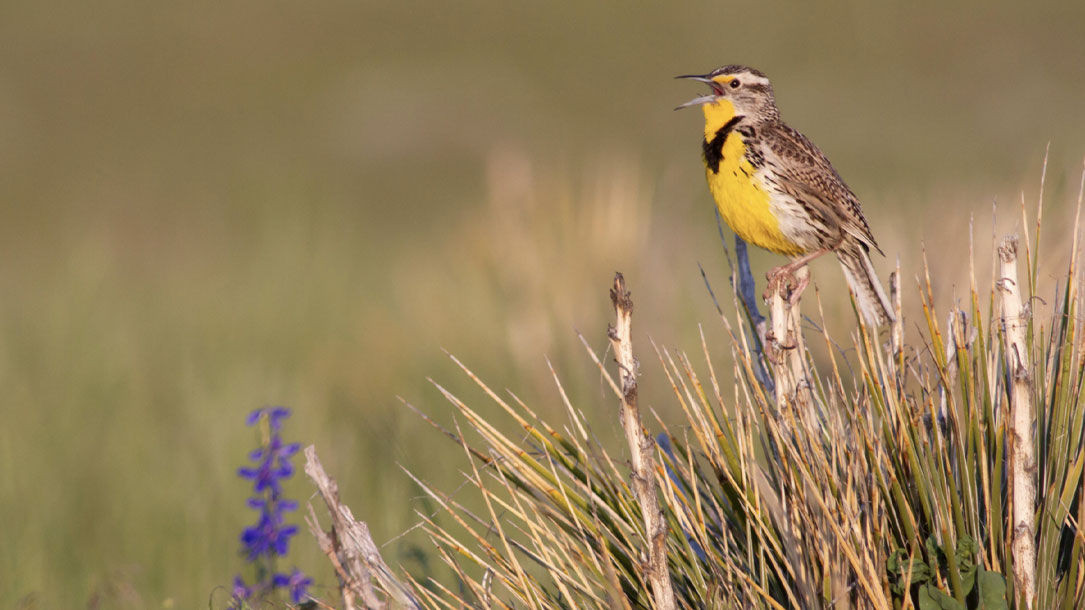
Conservation Ranching: Empowering consumers to make a difference in grassland conservation
“Grassland birds have suffered an unparalleled decline over the past half century, stemming from widespread development of North America’s grasslands. This calls for Audubon’s action. To combat the negative effects of grassland degradations—and to keep grass on the landscape—Audubon has developed the Conservation Ranching Initiative. This market-based conservation approach offers incentives for good grassland stewardship through a certification label on beef products. For the first time, consumers can contribute to grassland conservation efforts by selectively purchasing beef from Audubon-certified farms and ranches…”
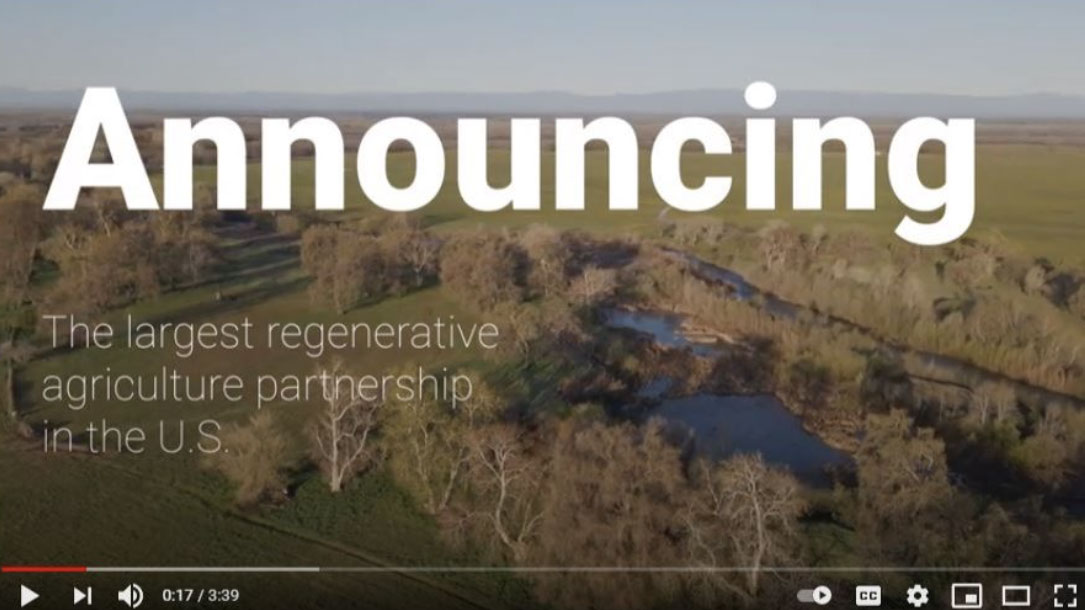
Largest market-based regenerative grasslands partnership in the U.S.
Panorama Organic Grass-Fed Meats to certify one million acres of wildlife habitat with the National Audubon’s Conservation Ranching Initiative.
The Audubon Conservation Ranching Initiative seeks to enhance the stewardship of grasslands for the benefit of birds. Birds have suffered significant decline over the past 50 years due to loss of U.S. grasslands to widespread development.
This initiative empowers consumers to support programs that restore bird populations via conservation practices by selectively purchasing beef nationwide from Audubon-certified farms and ranches, including Panorama Organic and other participating brands. The Audubon certification seal carries broad market appeal among consumers who care about the environment.
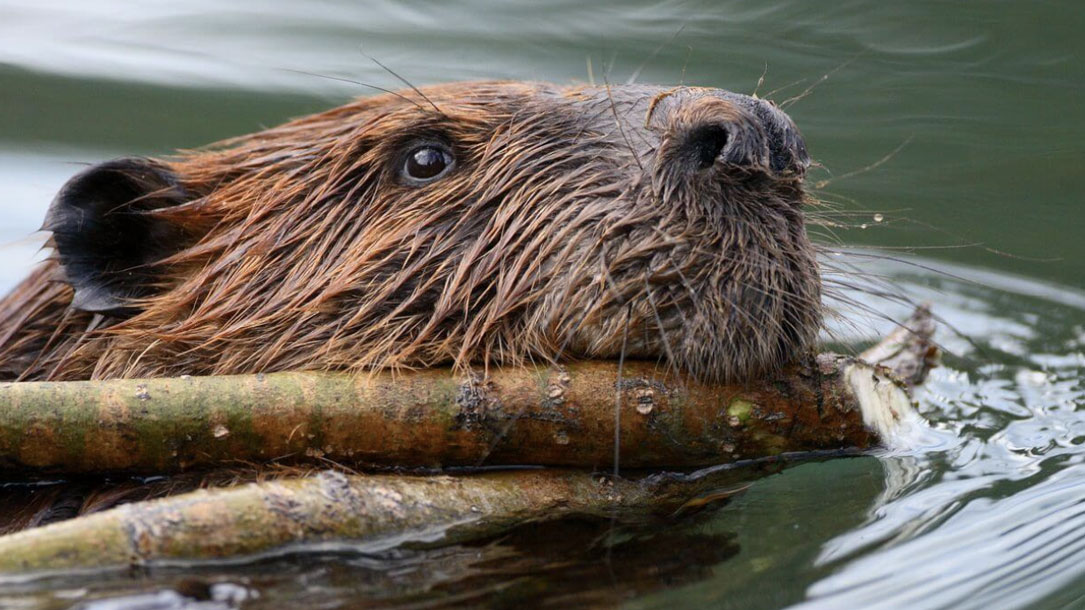
Eastern Wildway
“…Today, we continue making significant progress toward creating a continental-scale Eastern Wildway—an extensive wildlife corridor linking eastern Canada to the Gulf of Mexico. In October 2019, Wildlands Network released a Eastern Wildway map, representing a major step forward in realizing a vision of connectivity for this region. The map comprises a network of habitat cores—large natural areas, in dark green—and corridors—linkages between the cores, in light green, and integrates a wide range of existing data sets and input from state and federal agencies, other NGOs, and academic researchers and expert conservationists…”

A bold initiative
The Land Conservancy is beginning an ambitious new initiative — to create the Western New York Wildway. The Wildway will be an extensive series of protected lands that connect the vast forests of northern Pennsylvania to the Great lakes, through to the Finger Lakes, the Adirondacks, and beyond. It will form part of the Eastern Wildway which runs all the way from Canada to the Gulf of Mexico.
The Wildway will allow plants and animals to migrate across the land as they once did, to move as climate changes, and to expand their ranges and ensure their survival…
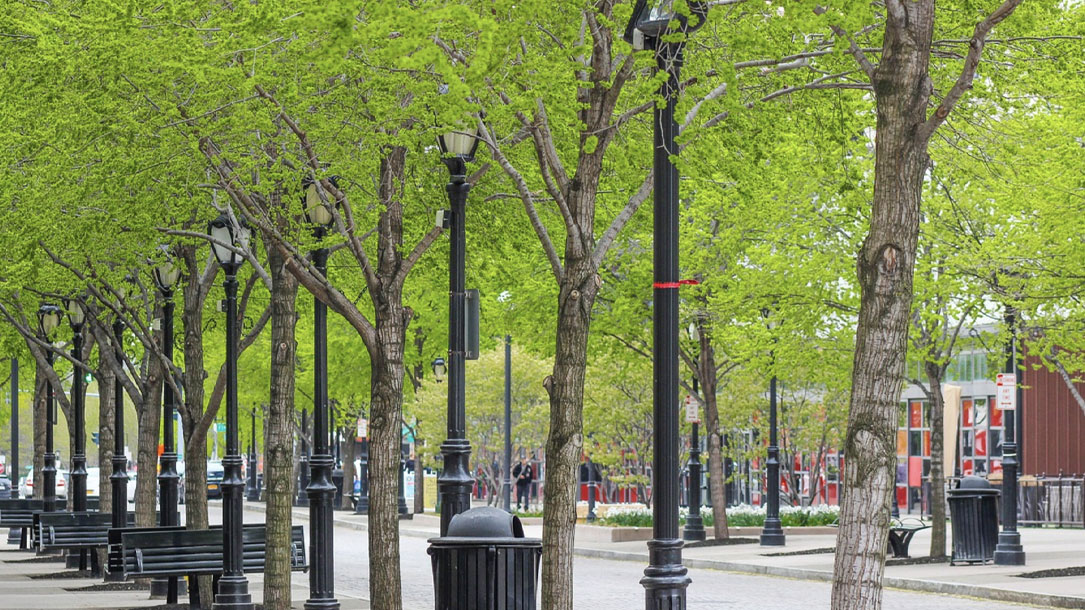
Study: Review of the Available Literature and Data on the Runoff and Pollutant Removal Capabilities of Urban Trees
This is a dense, but potentially useful scientific article on the runoff and pollutant removal capabilities of urban trees.












